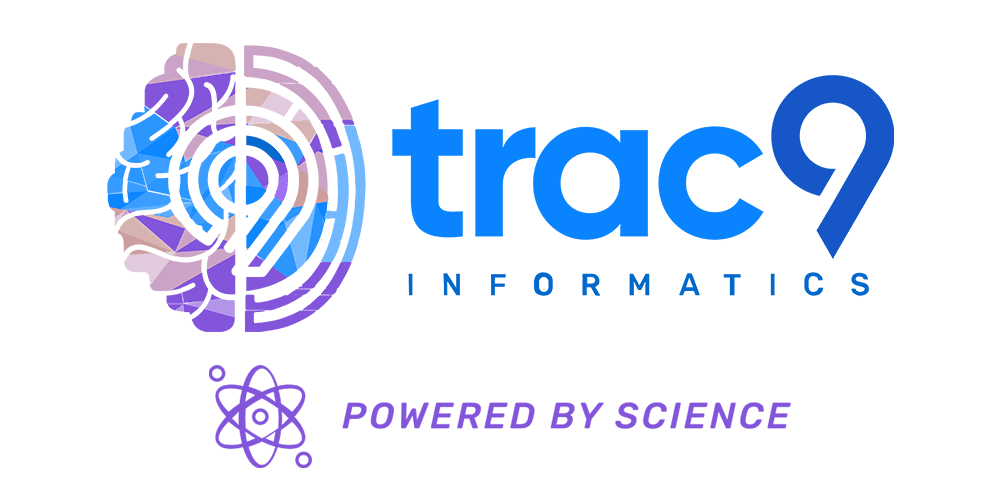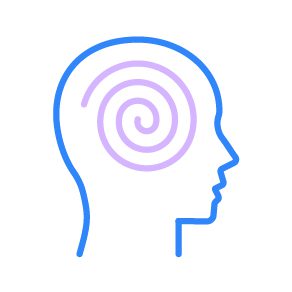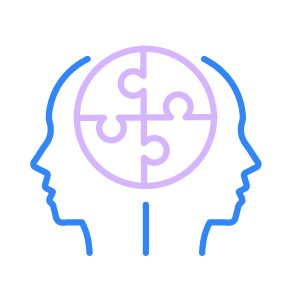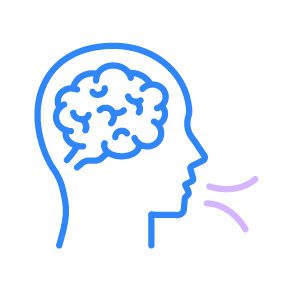
Summit BHC Substance Use Disorder Treatment Facilities use Trac9 to conduct regular standardized assessment batteries.
Factors Assessed
Trac9 Informatics monitors client progress through nine individual factors associated with sustained, long-term recovery. The assessments include both pathology and resilience factors.

Commitment to Sobriety
Successful sobriety involves more than just the desire not to drink or use – it also involves hard work.

Spirituality
Spirituality can be complex and fluid, but it plays a huge role in the recovery process.

Optimism
Assesses individual differences in generalized optimism versus pessimism.

Quality of Life
Sobriety impacts the overall wellness in all aspects of one’s physical, mental and social life.

Depression
“Am I depressed because I rely upon substances, or do I rely upon substances because I’m depressed?”

Anxiety
Anxiety is the reaction to stressful, dangerous, or unfamiliar situations that can interfere with leading an everyday functioning life.

Verbal Craving
Verbal craving is the verbal manifestation of intense feelings of wanting to drink or use.

Visual Craving
Visual cues can have a powerful ability to stimulate intense feelings of want.

Stress
Stress is a key risk factor in addiction initiation, relapse, and maintenance of recovery.
Standardized assessment battery for substance use disorder treatment programs: clinical monitoring, outcomes, supervision, and success forecasting
- Real-time monitoring of the client’s progress
- Instant alerts to the treatment team if symptoms increase
- Clinical Director monitors quality of care for all clients
- Monitoring of client’s satisfaction with treatment
- Monitoring of symptoms and protective factors that promote recovery
- 12 Monthly follow-ups after client discharges from treatment
- Real-time monitoring for each of our locations
- Computer analysis that allows for identification of high-risk patients
After recognizing the difficulty that most treatment facilities have with creating an effective post-treatment follow-up program, Trac9 was deployed by our program to offer an automated assessment plan.
Through a secure web app, Trac9 uses a series of standardized assessments to identify changes in depression, anxiety, stress, visual response to cravings, verbal response to cravings, spirituality, commitment to sobriety, optimism, and quality of life. The assessments are collected on an as-needed basis, typically weekly, and track the user’s responses to predict the likelihood of a relapse. The results are charted in an easy-to-read graph that shows the client’s progress or the need for additional recovery work.
When changes are noted, the client’s clinician is automatically notified that follow-up is needed.
Trac9 creates a better way for facilities to stay in touch with their clients long after discharge. This ongoing relationship creates accountability for both the client and the treatment center. By measuring the success of their clients or the need for additional care, facilities can develop best practice tools that lead to measurable, positive outcomes.
Trac9 Leadership
Jared P. Dempsey, Ph.D. serves as the Chief Scientist and Executive Director of Trac9 Informatics. Dr. Dempsey is actively involved in neurological and physiological research in addiction. Recent publications include preliminary evidence for a biological marker of addiction recovery, non-conscious emotional response to drug stimuli, and the influence of social anxiety on addiction treatment. Dr. Dempsey has also served as an expert reviewer for the Journal of Motivation and Emotion, Psychopharmacology, American Journal on Addictions, Psychiatry Research, European Psychiatry, and the Journal of Studies on Alcohol and Drugs. Dr. Dempsey was the lead scientist behind the development of Trac9 Informatics, a comprehensive tool for substance use disorders and mental health treatment which provides evidentiary support for clinical monitoring, outcomes, supervision, and success forecasting.
